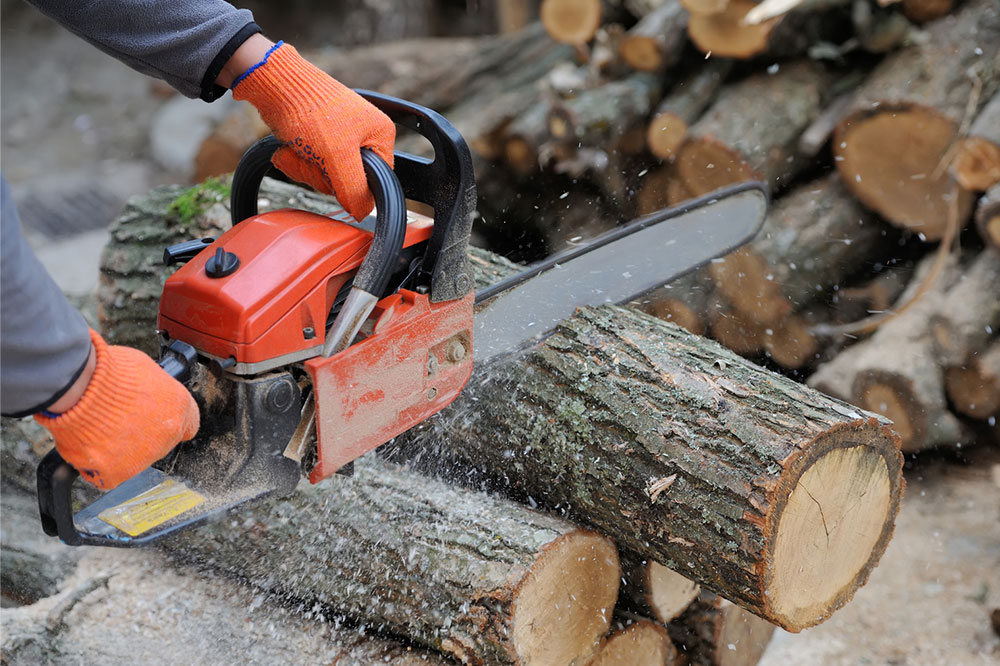6 mistakes to avoid when buying a chainsaw

Chainsaws are powerful and must-have tools for your tool kit. You can easily use a chainsaw for various purposes, like clearing a thick bush, felling a tree, slicing off dangerous broken tree limbs, or cutting stumps for firewood. However, choosing from a wide variety of chainsaws, from battery-operated ones to the best gas chainsaws on the market, can require a lot of consideration. So, here are a few mistakes to avoid when purchasing a chainsaw.
Not choosing the right type
There are several different types of chainsaws you can find today. From the best electric chainsaws to the best gas chainsaws on the market, you should determine the best choice for you. For this, you need to do your own research and speak to an expert. Gas chainsaws are gasoline-powered, ranging from lightweight to heavy-duty professional ones. Electric chainsaws can be cordless (that is, battery-operated tools) or corded, which will require an extension cord. In addition, there are pole saws, where a small saw is attached to a mounted pole. These can be gasoline-powered or corded.
Not checking your requirements
Different types of chainsaws meet specific needs. You need to know the kind of tasks you want the chainsaw to help you carry out. If you are only looking for pruning, trimming, or low-intensity cutting work, light electric chainsaws are good. If you want to do heavy-duty work, such as cutting down large trees, branches, or limbs of trees, a powerful gas chainsaw is what you need. Also, you need to know how frequently you want to use the chainsaw. If you are using it on a regular basis, a gas chainsaw is suitable. If you want something lighter and cheaper, electric chainsaws are the way to go.
Overlooking the risks
Whether you are choosing from the best gas chainsaws on the market or electric ones, you need to account for all risks to your safety if you are inexperienced and use a large and powerful machine. Safety issues can arise if you do not have a complete understanding of the hazards. A large and powerful gas chainsaw is useful for cutting through any type of wood. However, few know you must be strong and fit to operate such machines. This is because a heavier machine can easily tire you, leading to sloppiness and potentially serious injuries.
Not checking the bar length
The best way to understand the size of a saw and the intensity of work it can do is to look at its bar length. A saw with a longer bar can cut down wood of a larger diameter in just one pass. In general, chainsaws intended for household uses have bar lengths ranging from 6 inches for small electric saws to about 20 inches for bigger gas chainsaws. Most professional-level chainsaws have bar lengths of over 20 inches.
Not evaluating key features
A common mistake most people make while buying chainsaws is not learning about the features of the equipment. Did you know that many aspects determine a chainsaw’s capability and power? Features such as engine displacement (in gas-powered chainsaws), voltage (in cordless electric chainsaws), amperage (in corded electric models), and horsepower directly indicate the power range and capacity of the machine. The chainsaw will have more power if the number of units of each aspect is high. The power is a critical aspect, specifically when you want a chainsaw to work with larger branches of trees or want to cut through oak, maple, and other hardwood timber.
Not buying safety equipment
A common rookie mistake that people make while buying a chainsaw is skimping on the safety gear. Even if you just want to prune or trim in your front yard or backyard, you will need to protect yourself. A general safety measure while using any power tool is to wear adequate protective gear. Standard safety gear while using a chainsaw includes eye protection (preferably including side shields), hearing protection (earmuffs and earplugs), shoes or boots (ideally, with nonskid soles and steel toes), and hard hats with neck guards and face protection. To use chainsaws, you need to buy specialized gear such as chaps or cut-resistant pants to shield your legs and cut-resistant and strong grip gloves to protect your hands.

